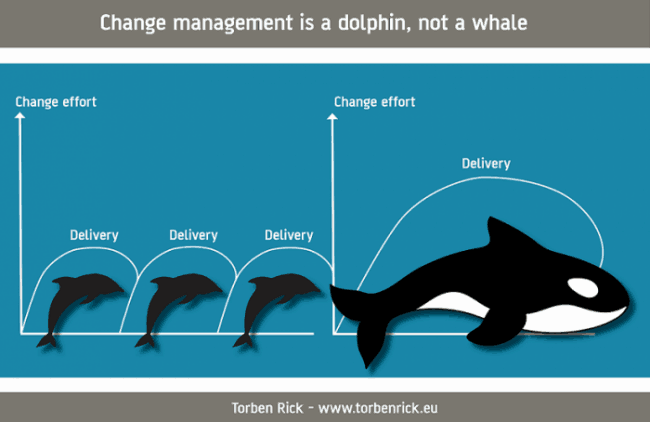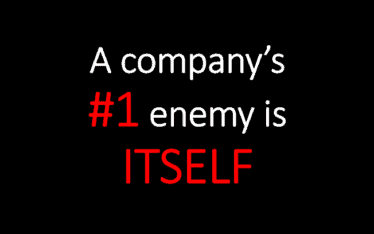To improve odds, use this change management checklist
Organizational change management checklist
Organizations must become increasingly able to change quickly and easily. The business must be flexible yet capable of implementing and sustaining organizational change.
Deciding what to change is one thing. Making changes stick is another. To improve odds, use this change management checklist:
#1 – Laying the foundation
- Why is change necessary?
- Have we got logical and compelling reasons for the change and what are they?
- How can we build a solid business case for the change?
- What’s the best way to establish a sense of urgency?
- How do we prepare a road-map for the change?
- How can we communicate why the change is happening in a convincing manner to people?
- How can we say this so employees will understand?
- What are the barriers and implications to a successful implementation of the change?
- How is the proposed change aligned with our organizational strategy plan?
- What is the end state vision? How clear and compelling is this vision?
- Who will form the guiding coalition? Who will help with the change?
- What will tell us that we’ve been successful?
- How can we paint a picture of what success will be like for people?
- Have we incorporated new values and attitudes to weave into our culture so they are embedded?
#2 – Learning what we need to know
- What’s actually going to change? What will people have to give up?
- Who will feel threatened by the change and how will I deal with their concerns?
- Do people have the skills needed to implement and adopt the new system?
- How well do people trust their leadership?
- Who are the informal leaders who can help advocate for the change?
- Who are the supporters of the change and how can we leverage their support?
#3 – Planning the change process
- When and how will the change be introduced and reinforced?
- How can we remove obstacles and amplify wins?
- What communications will we need? Who are the right people to communicate those messages?
- What can we do to keep the information flow frequent, timely and clear to all stakeholders and also listen to their concerns?
- How can we involve some of the people affected by the change?
- How can we leverage employees knowledge and empowerment?
- How can we arrange for people to be coached and supported during the change?
- What training will people need?
#4 – Making change work
- How well do people understand what we’re saying about the change?
- What do our metrics tell us about our progress?
- How well are we reinforcing positive behavior?
- How can we motivate and support people during this change?
- What are our plans in order of priority to manage resistance?
- What are we learning as we implement?
- What course corrections need to be made?
#5 – Embedding change in the organization
- How can we make this a natural part of everyday life?
- How well have we addressed the problem we set out to solve?
- What will we do to recognize and reward achievements?
- What remains to be done?
- What are our next steps?
#6 – Review the change
- Later, how do we review the change?
- How can we learn from any lessons learned?
Good luck!
Short URL & title:
A change management checklist – Leading organizational change — https://www.torbenrick.eu/t/r/was
Share it:
If you enjoyed this article, please take 5 seconds to share it on your social network. Thanks!








Great website, Torben. Thank you for creating and sharing it. I will share it with my network, as well.
GREAT list!
I love the emphasis on helping people understand why, aligning the change with the goals and values of the organization, involving others, proactively considering those who will fee threatened, listening to everyone and rewarding the right behavior…
Love the checklist, particularly asking “why the change is necessary?” and “how will you know if your successful”. A great start and end point which many people ignore. Thanks for sharing.
a further tip: if the changes are going to be managed by a change team .. consideration should be given to ensure the team is retained and not pulled away from supporting the change too early .. so try to keep them in their roles until it becomes embedded and natural, otherwise the roll back will begin if its not supported until it becomes the “culture” around here.
Nicely done, Torben. I like it very much.